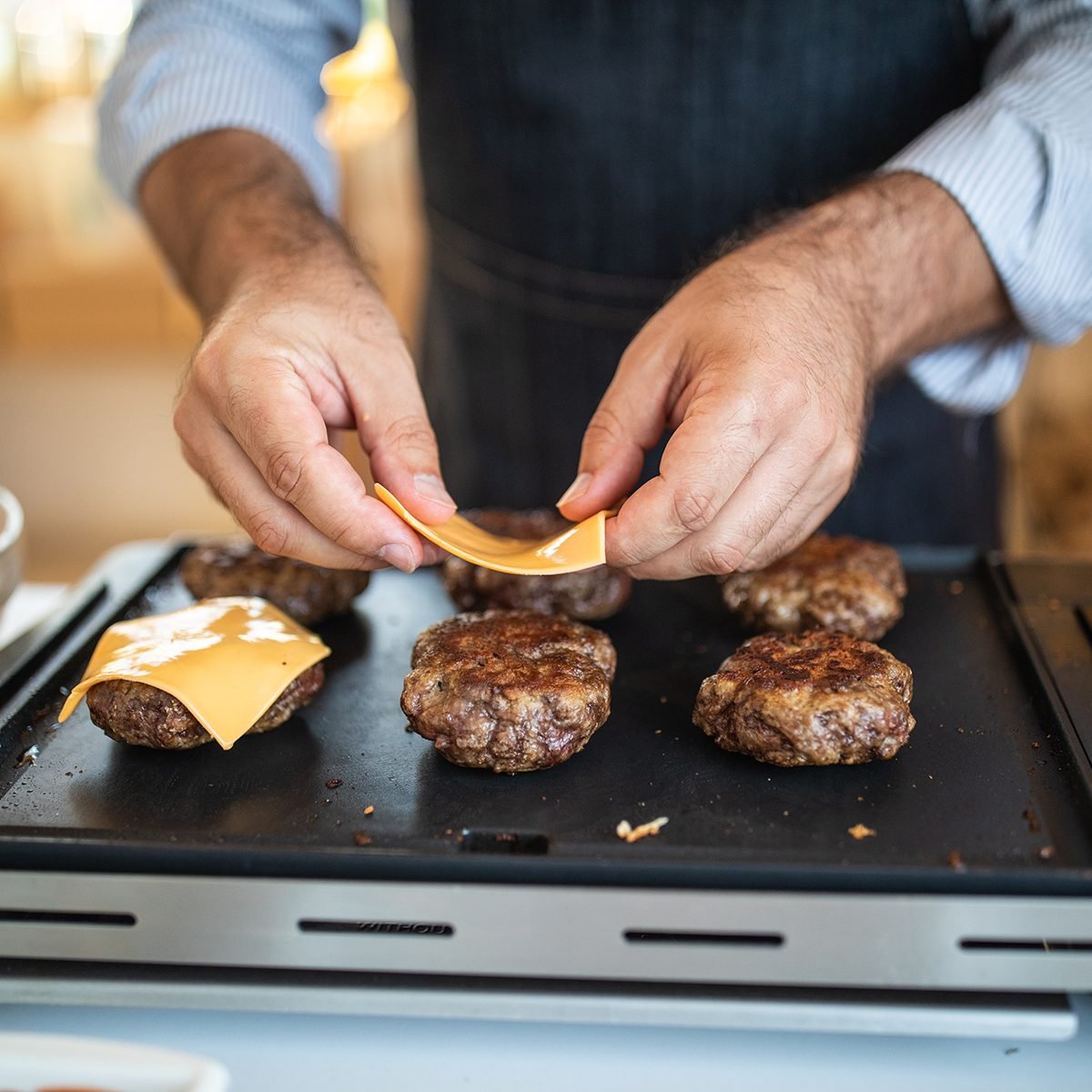Indoor grilling is a versatile cooking method that brings the flavors of outdoor grilling directly to your kitchen. Whether you're a seasoned chef or a beginner, indoor grilling offers the ease of use, convenience for year-round grilling, and rich, smoky flavors that enhance various dishes. This guide covers everything you need to know about indoor grilling—from selecting the right equipment to mastering techniques for perfectly grilled meals every time.
Understanding Indoor Grilling
Indoor grilling uses specialized appliances like electric grills, grill pans, or countertop contact grills to cook food indoors. Unlike outdoor grilling, which typically requires gas, charcoal, or wood, indoor grills are powered by electricity, creating a smokeless and convenient option. These grills come in different styles, each designed to replicate the delicious caramelized flavors of outdoor grilling.
Types of Indoor Grills
Choosing the best indoor grill depends on your cooking needs, available space, and budget. Here’s a look at the primary types of indoor grills:
Electric Grill
Electric grills are the most popular for indoor use, offering ease and consistent heating. They come in open or contact grill styles, with adjustable temperature settings that make them ideal for grilling meats, vegetables, and even sandwiches. The smokeless feature of electric grills makes them suitable for apartments and areas where traditional grilling isn’t possible.Grill Pan
A stovetop grill pan mimics a grill’s surface with raised ridges, allowing fat to drain and creating grill marks. Grill pans are versatile, easy to store, and perfect for those who prefer stovetop control. Cast iron grill pans, in particular, are favored for even heat distribution and the ability to hold heat well.Infrared Grill
Infrared grills use radiant heat to cook food quickly and efficiently. Known for reaching high temperatures that sear meat while keeping it juicy, infrared grills are ideal for those seeking fast and even cooking results.

Key Considerations for Choosing an Indoor Grill
When choosing an indoor grill, consider these factors:
Size and Space
Choose a grill size that fits comfortably in your kitchen, especially if space is limited. Compact grills are easy to store, while larger models may require more counter space.Temperature Control
Adjustable temperature controls are essential for cooking various foods like fish and steaks. Look for grills with multiple settings to achieve optimal results.Non-Stick Surface
A non-stick surface makes grilling easier by preventing food from sticking, ensuring even cooking, and simplifying cleanup.Durability
Durable grills made from materials like cast iron, stainless steel, or ceramic last longer and offer better heat distribution for consistent results.
Essential Indoor Grilling Techniques
Mastering these techniques ensures your food is evenly cooked and flavorful every time you grill indoors.
Preheat the Grill
Always preheat your grill to ensure food begins cooking immediately, helping achieve better browning and reducing the chance of sticking.Use Oil Sparingly
While most indoor grills have non-stick surfaces, lightly oiling food (not the grill) helps prevent sticking and enhances flavor. Brush oil onto meats, vegetables, or other foods before grilling.Marinate for Flavor
Marinades add flavor and help tenderize meats. Use marinades with acidic ingredients like lemon juice, vinegar, or yogurt for the best results, and pat food dry before grilling to prevent excess smoke.Create Grill Marks
Allow food to sear without moving it too often to achieve classic grill marks. Rotate the food 90 degrees for a crosshatch pattern.Control Smoke Levels
Trim excess fat from meats, clean the grill often, and use a ventilated area to reduce smoke levels while grilling.
Top Foods for Indoor Grilling
Some foods yield better results on an indoor grill. Here’s what to consider for optimal flavor:
Meats
Grilling meats like steaks, chicken breasts, pork chops, and sausages indoors yields excellent results. Use a meat thermometer for thicker cuts to ensure perfect doneness.Vegetables
Zucchini, bell peppers, eggplant, and mushrooms cook quickly and develop a smoky flavor that complements their natural sweetness. Lightly coat in oil before grilling for the best results.Fish and Seafood
Seafood like salmon, shrimp, and scallops grill well indoors with a short cooking time. Use moderate heat and citrus marinades for a fresh, bright taste.Sandwiches and Paninis
Indoor grilling is perfect for paninis and grilled sandwiches. Contact grills press sandwiches while cooking, creating a crispy crust and melted interior.
Tips for Cleaning and Maintaining Your Indoor Grill
Proper cleaning and maintenance extend the life of your grill and ensure safe food preparation.
- Clean After Each Use: Wipe down the grill with a damp cloth to remove grease and food particles after every use. For stubborn residue, use a grill-safe cleaning brush.
- Avoid Harsh Cleaners: Stick to mild detergents; abrasive cleaners can damage non-stick surfaces.
- Empty Grease Trays: Many electric grills have grease trays that need regular emptying to prevent buildup.
Conclusion
Indoor grilling offers a fantastic way to enjoy grilled flavors all year, right from your kitchen. With the right equipment, solid techniques, and proper maintenance, you can create delicious, grilled dishes that rival outdoor grilling. From juicy meats to charred vegetables, the possibilities are endless with indoor grilling. Choosing the right grill, perfecting your techniques, and caring for your equipment will set you on the path to becoming an indoor grilling expert.
